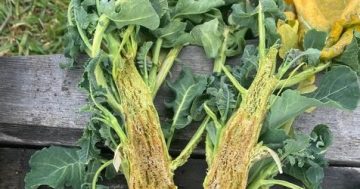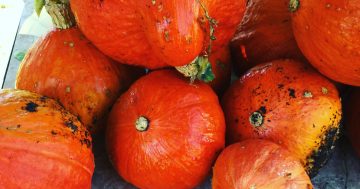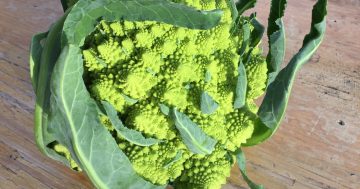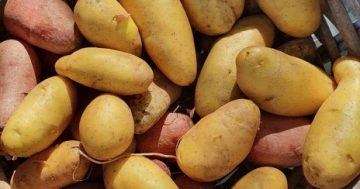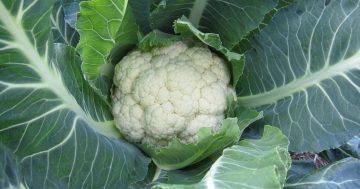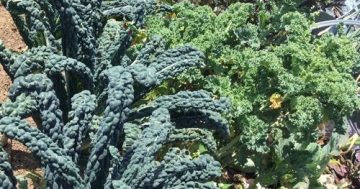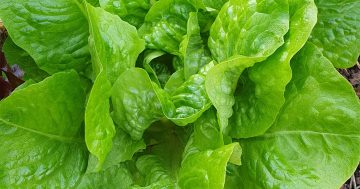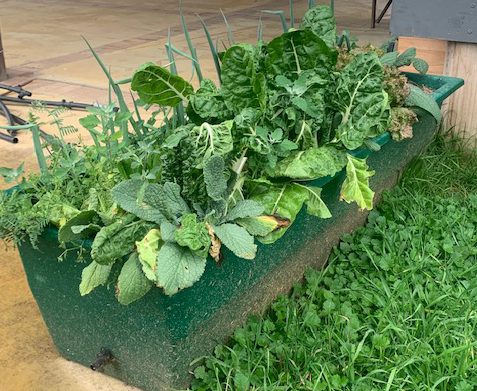
Wicking beds are a water-thrifty way to grow vegetables in a confined space. Photo: Joyce Wilkie.
Winter is a time for reflection. Plans are made, projects designed, ideas thrashed about but the short, cold days invite withdrawal and indolence. Pruning does get done and yards tidied but often new dreams don’t seem to come fruition.
And then it’s September and the pace of life just picks up. Established gardens start screaming at you “weed me!”, lawns have to be mown and the temptation to plant tomatoes is irrepressible.
Don’t!
It is certainly not too late to plant some tomato seed and enjoy the excitement of raising them in a warm place but keep reminding yourself that spring is a fickle mistress, hot and balmy one day, freezing and windy the next and by the end of next month, all the local growers will be selling amazing tomato plants.
In the meantime, September is one of the best times to restart or even start a small vegetable patch if you don’t already have one. The number one rule of organic gardening is “feed the soil not the plant”.
So what does soil need? Or more correctly what does the life in the soil need?
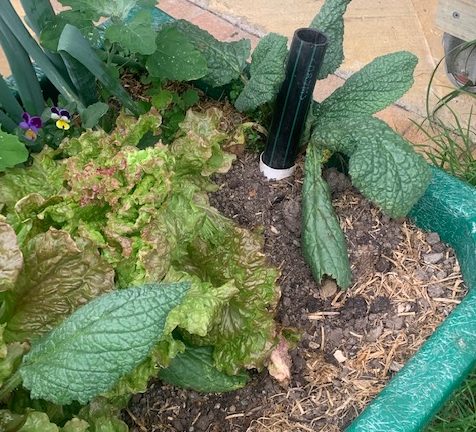
A filling pipe for the wicking bed. Photo: Joyce Wilkie.
You are actually feeding the bacteria, fungi and microorganisms within the soil that in turn make nutrients available to plants in a controlled and sustainable way. They need oxygen to breathe, hence the digging and aerating that goes on at the beginning. Then they need water so make sure your irrigation system is working.
The next big demand is carbon and nitrogen in a ratio of about 30 carbon to 1 nitrogen. Get your humus – the stuff of compost and worm castings and the product of rotting manure mixed with straw. Calcium and magnesium is the next addition in the acid soils around this area and the rule of thumb is limestone one year, dolomite the next and just a light sprinkling.
After that the rest can be supplied by buying a bag of good quality, organically certified fertiliser which makes sure your soil has the rest of the macro and micronutrients needed for the soil biota, the plants and, lastly, but importantly, us.
The design and system you choose is up to you. The joy and fascination of beautiful gardens reflect the gardener’s personality and preferences together with the plot that they own. It is an artistic expression and will be successful no matter what the method as long as the soil is well cared for.
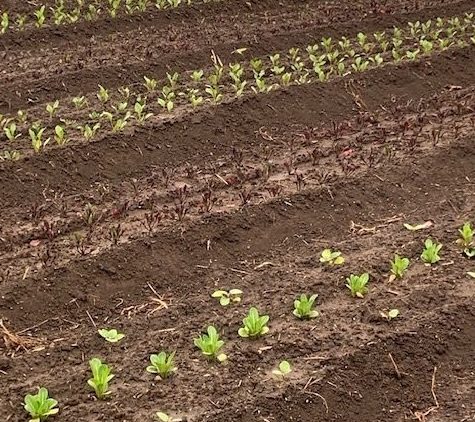
Long straight rows are a traditional vegetable garden layout. Photo: Joyce Wilkie.
Whether you choose traditional long straight rows used in large vegetable gardens or a small, easy to manage, well-mulched square surrounded by a boarded border and low maintenance wood chip paths, success will be guaranteed if you establish it well now and tend it frequently watching the progress and anticipating the harvest.
Don’t overplant any one variety – that just ends up in a glut and if you want to conserve as much water as possible consider a wicking bed. Wicking beds are built in solid containers with a gravel layer in the sealed bottom. There is an overflow on the side and water is added through a pipe at the top.
Lots of plans are available on the web and recycled containers like baths are ideal.
What I’m Eating:
- Asparagus
- Chinese greens
- English spinach
- Kale
- Leeks
- Parsley
- Rhubarb
- Salad greens
- Silverbeet
- Spring onions.
What Seedlings I’m Growing
- Broccoli (winter variety)
- Cabbage – early ball heads, sugarloaf
- Capsicums
- Celeriac
- Chinese leafy greens–mizuna, pak choi, senposai…
- Eggplants & tomatoes
- Endive
- Late tomatoes
- Leeks
- Lettuce – cos, salad bowl
- Silverbeet
- Spring onions.
What I’m Planting Straight Into The Ground
- Beetroot
- Coriander
- English spinach
- Mesclun salad mix
- Peas – shelling, snow & sugar snap peas
- Potatoes
- Radish
- Rocket.
Joyce Wilkie has farmed vegetables and free-range poultry at Allsun Farm, Gundaroo for decades and now runs the intern program at Stepping Stones farm, Moruya for SAGE Eurobodalla. Educating people about where their food comes from and teaching them how to grow it is her abiding passion.












